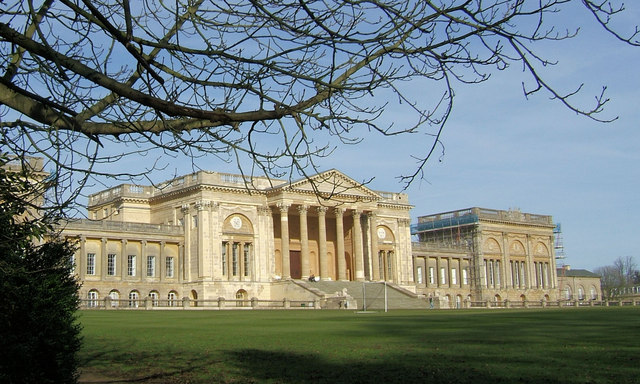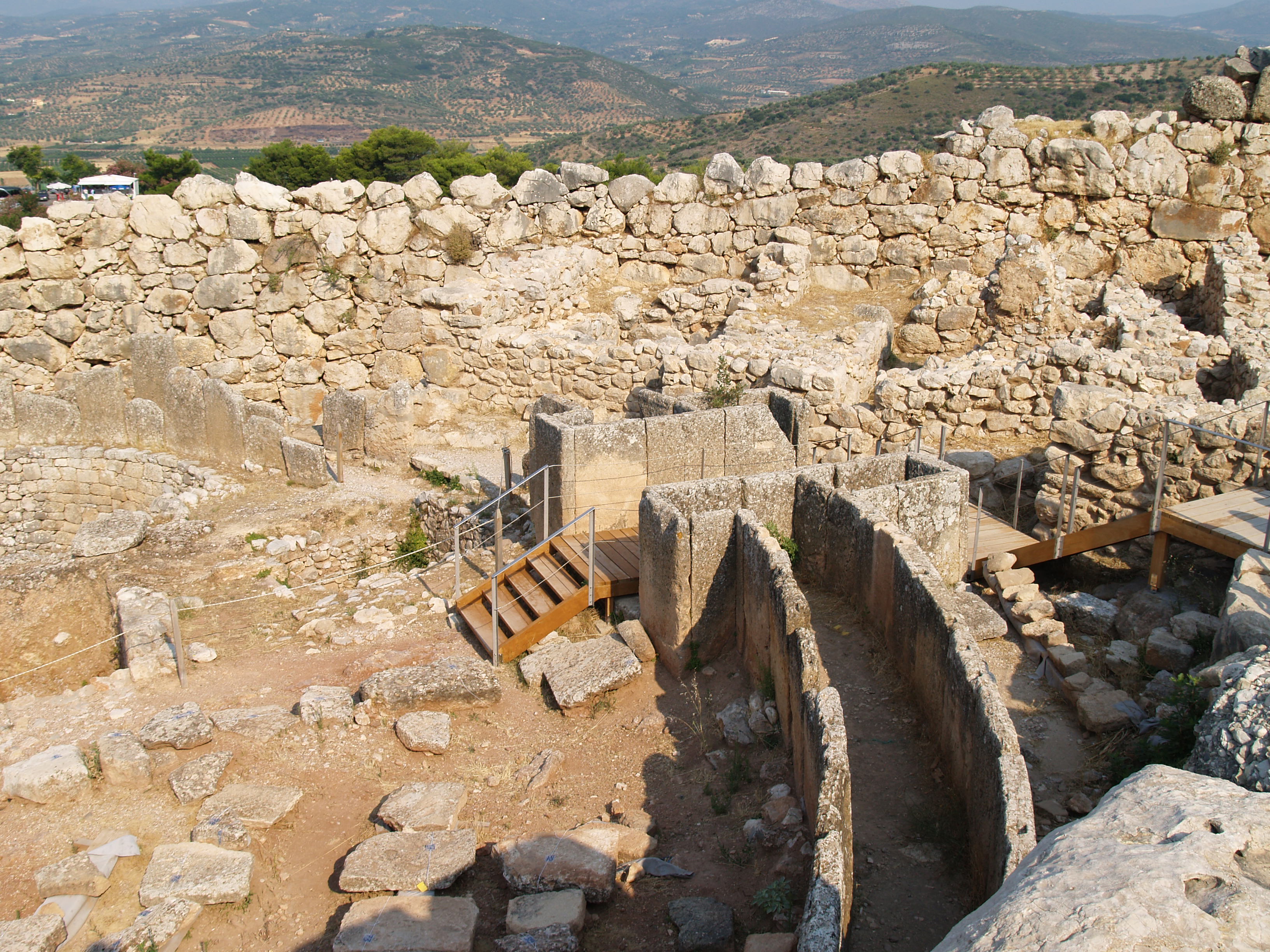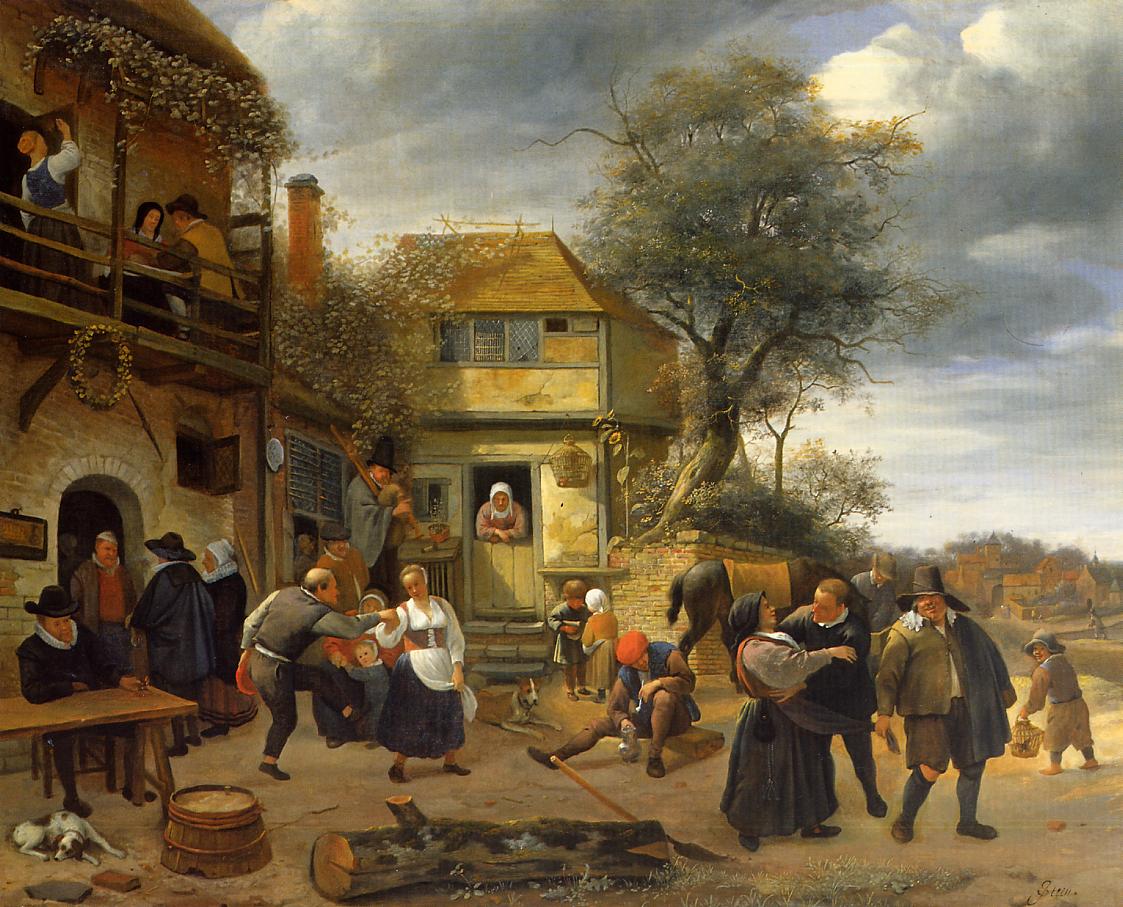|
Cuxham
Cuxham is a village and former civil parish, now in the parish of Cuxham with Easington, in the South Oxfordshire district, in the county of Oxfordshire, England. It is about north of Wallingford and about south of Thame. In 1931 the parish had a population of 129. On 1 April 1932 the parish was abolished and merged with Easington to form "Cuxham with Easington". Parish church The Church of England parish church of the Holy Rood has a Norman bell tower. The Gothic windows on the north side of the nave were inserted in the 14th century and some of the windows in the tower were added in the 15th century. The windows on the south side of the nave were probably inserted in the 17th century and the church was heavily restored in the 18th century. The Gothic Revival architect C.C. Rolfe rebuilt the chancel in 1895. The Rectory is Georgian and was built about 1800. Since 1983 Holy Rood has been part of a united benefice with Easington, Brightwell Baldwin and Ewelme. Mills T ... [...More Info...] [...Related Items...] OR: [Wikipedia] [Google] [Baidu] |
Cuxham With Easington
Cuxham with Easington is a civil parish in South Oxfordshire. It includes the villages of Cuxham Cuxham is a village and former civil parish, now in the parish of Cuxham with Easington, in the South Oxfordshire district, in the county of Oxfordshire, England. It is about north of Wallingford and about south of Thame. In 1931 the parish ... and Easington. The 2011 Census recorded a parish population of 149, unchanged from the census ten years' prior, and its area is 3.18 km², the third smallest in the district of those shown in the 2011 census. References Civil parishes in Oxfordshire South Oxfordshire District {{Oxfordshire-geo-stub ... [...More Info...] [...Related Items...] OR: [Wikipedia] [Google] [Baidu] |
Easington, South Oxfordshire
Easington is a small village in the civil parish of Cuxham with Easington, in the South Oxfordshire district, in the county of Oxfordshire, England. It is about north of Wallingford and about south of Thame. In 1931 the parish had a population of 20. On 1 April 1932 the parish was abolished and merged with Cuxham to form "Cuxham with Easington". Parish church The Church of England parish church of Saint Peter was built in the 14th century. It consists of a continuous nave and chancel with no chancel arch between them. The chancel masonry is ashlar, noticeably better-dressed and more evenly coursed than that of the nave. The church building includes a 12th-century Norman doorway re-used from an earlier church on the same site. The font is tub-shaped, suggesting that it too is Norman. The chancel windows are Perpendicular Gothic. The east window has ogee tracery and includes 14th century stained glass. The piscina also is ogeed. Beside the east window on the east wall are the ... [...More Info...] [...Related Items...] OR: [Wikipedia] [Google] [Baidu] |
Brightwell Baldwin
Brightwell Baldwin is a village and civil parish in Oxfordshire, about northeast of Wallingford. It was historically in the Hundred of Ewelme and is now in the District of South Oxfordshire. The 2011 Census recorded the parish's population as 208. The parish is roughly rectangular, about long north–south and about wide east–west. In 1848 the parish covered an area of . The B4009 road linking Benson and Watlington forms part of the southern boundary of the parish. The B480 road linking Oxford and Watlington forms a small part of its northern boundary. Rumbolds Lane forms much of its western boundary. For the remainder the parish is bounded largely by field boundaries. Toponym "Brightwell" is derived from the Old English for "bright spring".In fact a simple corruption of the words: Bride's Well. The name of the ancient British goddess (Bridget or Bride). This shows the antiquity of the place. "Baldwin" is the name of a family that held the manor. The earliest known r ... [...More Info...] [...Related Items...] OR: [Wikipedia] [Google] [Baidu] |
Clapton Crabb Rolfe
Clapton Crabb Rolfe (5 March 1845 – 18 December 1907) was an English Gothic Revival architecture, Gothic Revival architect whose practice was based in Oxford. Family Rolfe was the second of nine children. His father was Rev. George Crabb Rolfe (1811–93) who was perpetual curate of Hailey, Oxfordshire from 1838 until his death. His mother Ellen was a sister of the architect William Wilkinson (architect), William Wilkinson. Rolfe's elder brother George Wilkinson Rolfe (1843–1912) followed their father into the clergy and a younger brother, William Andrew Rolfe (born 1850), also became an architect. In 1873 Rolfe married Annie de Pré. They had one son, Benedict Hugh Rolfe (born 1874) who trained as an architect and assisted his father on some of his later works, before settling in London as a consulting engineer. Rolfe died in 1907. Both he and Annie are buried in the parish churchyard of St Mary's, Wheatley, Oxfordshire. The ''Pevsner Architectural Guides, Buildings of Engl ... [...More Info...] [...Related Items...] OR: [Wikipedia] [Google] [Baidu] |
Henley (UK Parliament Constituency)
Henley may refer to: Places United Kingdom * Henley, Dorset, a location * Henley, Gloucestershire, a location * Henley-on-Thames, a town in South Oxfordshire, England ** Henley (UK Parliament constituency) ** Henley Rural District, a former rural district in Oxfordshire * Henley, Acton Scott, a location in Shropshire * Henley, Bitterley, a location in Shropshire * Henley, Suffolk, a village in Suffolk, England * Henley, Somerset, a hamlet south of Crewkerne, England * Henley Fort, Victorian fort near Guildford, Surrey * Henley-in-Arden, a small town in Warwickshire, England * Henley, West Sussex, a location * Henley, Box, Wiltshire * Henley, Buttermere, Wiltshire United States * Henley, Missouri, an unincorporated community in southwestern Cole County * Henley, Ohio, an unincorporated community * Henley, Oregon, unincorporated community in Klamath County, Oregon, United States * Henley Cay, tropical islet in the United States Virgin Islands Elsewhere * Henley, New South Wal ... [...More Info...] [...Related Items...] OR: [Wikipedia] [Google] [Baidu] |
Georgian Architecture
Georgian architecture is the name given in most English-speaking countries to the set of architectural styles current between 1714 and 1830. It is named after the first four Monarchy of the United Kingdom, British monarchs of the House of Hanover, George I of Great Britain, George I, George II of Great Britain, George II, George III, and George IV, who reigned in continuous succession from August 1714 to June 1830. The Georgian cities of the British Isles were Edinburgh, Bath, Somerset, Bath, pre-independence Georgian Dublin, Dublin, and London, and to a lesser extent York and Bristol. The style was revived in the late 19th century in the United States as Colonial Revival architecture and in the early 20th century in Great Britain as Neo-Georgian architecture; in both it is also called Georgian Revival architecture. In the United States, the term ''Georgian'' is generally used to describe all buildings from the period, regardless of style; in Britain it is generally restricte ... [...More Info...] [...Related Items...] OR: [Wikipedia] [Google] [Baidu] |
Rubble Masonry
Rubble masonry or rubble stone is rough, uneven building stone not laid in regular courses. It may fill the core of a wall which is faced with unit masonry such as brick or ashlar. Some medieval cathedral walls have outer shells of ashlar with an inner backfill of mortarless rubble and dirt. Square rubble masonry Square rubble masonry consists of stones that are dressed (squared on all joints and beds) before laying, set in mortar, and make up the outer surface of a wall. History Irregular rubble, or sack, masonry evolved from embankments covered with boards, stones or bricks. That outer surface was used to give the embankment greater strength and make it more difficult for enemies to climb. The Sadd el-Khafara dam, in Wadi Al-Garawi near Helwan in Egypt, which is 14 meters high and built in rubble masonry, dates back to 2900–2600 BC The Greeks called the construction technique emplekton and made particular use of it in the construction of the defensive walls of ... [...More Info...] [...Related Items...] OR: [Wikipedia] [Google] [Baidu] |
Public House
A pub (short for public house) is in several countries a drinking establishment licensed to serve alcoholic drinks for consumption Licensing laws of the United Kingdom#On-licence, on the premises. The term first appeared in England in the late 17th century, to differentiate private houses from those open to the public as alehouses, taverns and inns. Today, there is no strict definition, but the Campaign for Real Ale (CAMRA) states a pub has four characteristics: # is open to the public without membership or residency # serves draught beer or cider without requiring food be consumed # has at least one indoor area not laid out for meals # allows drinks to be bought at a bar (i.e., not only table service) The history of pubs can be traced to taverns in Roman Britain, and through Anglo-Saxon alehouses, but it was not until the early 19th century that pubs, as they are today, first began to appear. The model also became popular in countries and regions of British influence, whe ... [...More Info...] [...Related Items...] OR: [Wikipedia] [Google] [Baidu] |
Manorialism
Manorialism, also known as seigneurialism, the manor system or manorial system, was the method of land ownership (or "Land tenure, tenure") in parts of Europe, notably France and later England, during the Middle Ages. Its defining features included a large, sometimes fortified manor house in which the lord of the manor and his dependants lived and administered a rural estate, and a population of labourers or Serfdom, serfs who worked the surrounding land to support themselves and the lord. These labourers fulfilled their obligations with labour time or in-kind produce at first, and later by cash payment as commercial activity increased. Manorialism was part of the Feudalism, feudal system. Manorialism originated in the Roman villa system of the Late Roman Empire, and was widely practised in Middle Ages, medieval western Europe and parts of central Europe. An essential element of feudal society, manorialism was slowly replaced by the advent of a money-based market economy and new ... [...More Info...] [...Related Items...] OR: [Wikipedia] [Google] [Baidu] |
Merton College, Oxford
Merton College (in full: The House or College of Scholars of Merton in the University of Oxford) is a Colleges of the University of Oxford, constituent college of the University of Oxford in England. Its foundation can be traced back to the 1260s when Walter de Merton, chancellor to Henry III of England, Henry III and later to Edward I, first drew up statutes for an independent academic community and established endowments to support it. An important feature of de Merton's foundation was that this "college" was to be self-governing and the endowments were directly vested in the Warden and Fellows. By 1274, when Walter retired from royal service and made his final revisions to the college statutes, the community was consolidated at its present site in the south east corner of the city of Oxford, and a rapid programme of building commenced. The hall and the Merton College Chapel, chapel and the rest of the front quad were complete before the end of the 13th century. Mob Quad, one ... [...More Info...] [...Related Items...] OR: [Wikipedia] [Google] [Baidu] |
Wallingford Priory
Wallingford Priory was a Benedictine priory dedicated to the Holy Trinity in Wallingford in the English county of Berkshire (now Oxfordshire). Nothing remains of Holy Trinity Priory, which is believed to have stood on the site of the Bullcroft recreation ground off the High Street. History Sometime between 1077 and 1091, Robert D'Oyly, lord of Wallingford, gave the collegiate Church of Holy Trinity to St Albans Abbey. Paul, 14th Abbot of St Albans, sent some of his monks to establish a cell there. Holy Trinity served as both the priory and parochial church. The monks of Wallingford are known to have ministered to the sick. The priory remained a dependency of St. Albans. Notable priors The learned John of Wallingford, was named prior in 1191, before being elected abbot of St. Albans four years later. Towards the end of the 13th century, Prior William de Kirkeby took in the ten year old orphan Richard of Wallingford, and later sent him to Oxford to be educated. Richard beca ... [...More Info...] [...Related Items...] OR: [Wikipedia] [Google] [Baidu] |
Order Of Saint Benedict
The Benedictines, officially the Order of Saint Benedict (, abbreviated as O.S.B. or OSB), are a mainly contemplative monastic order of the Catholic Church for men and for women who follow the Rule of Saint Benedict. Initiated in 529, they are the oldest of all the religious orders in the Latin Church. The male religious are also sometimes called the Black Monks, especially in English speaking countries, after the colour of their habits, although some, like the Olivetans, wear white. They were founded by Benedict of Nursia, a 6th-century Italian monk who laid the foundations of Benedictine monasticism through the formulation of his Rule. Benedict's sister, Scholastica, possibly his twin, also became a religious from an early age, but chose to live as a hermit. They retained a close relationship until her death. Despite being called an order, the Benedictines do not operate under a single hierarchy. They are instead organized as a collection of autonomous monasteries a ... [...More Info...] [...Related Items...] OR: [Wikipedia] [Google] [Baidu] |





